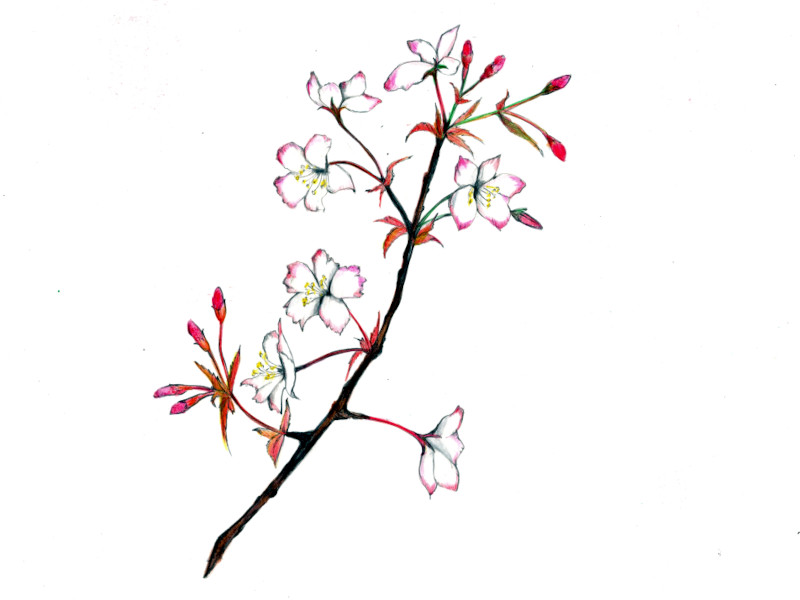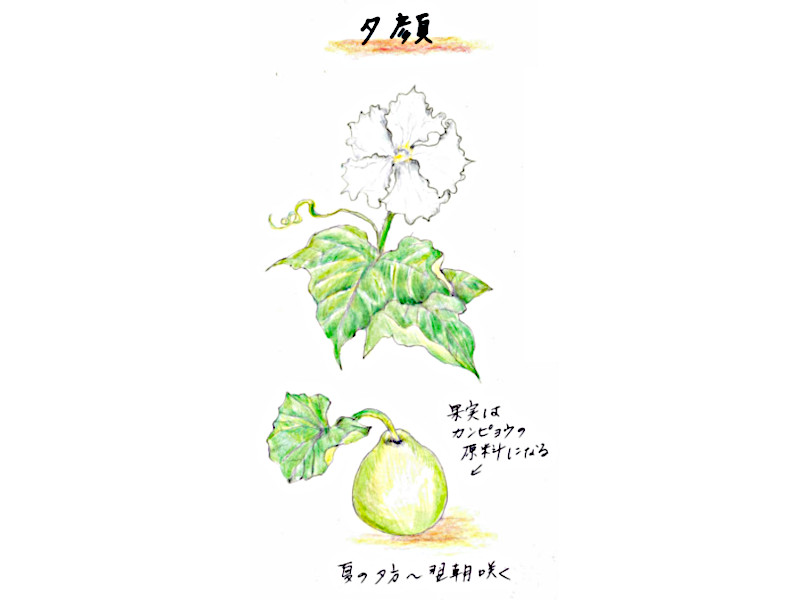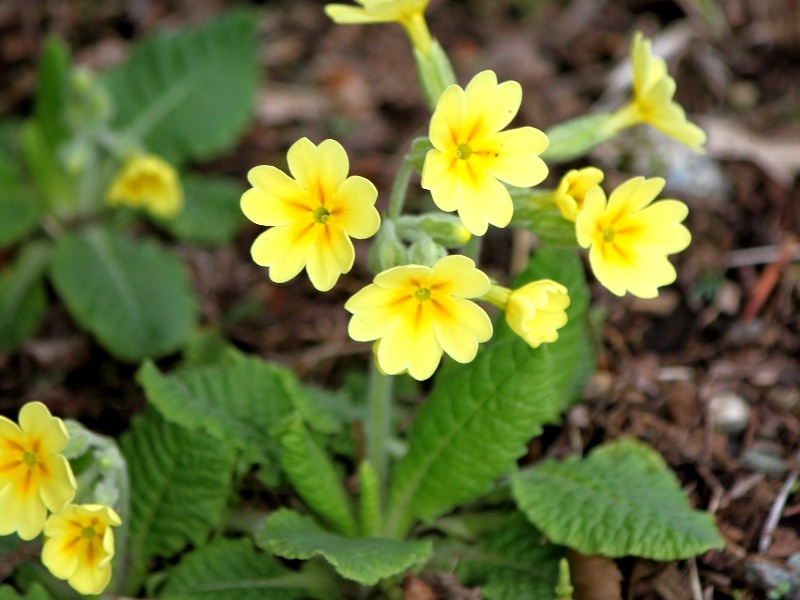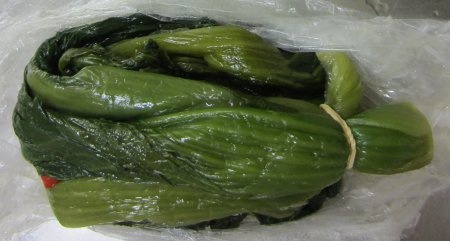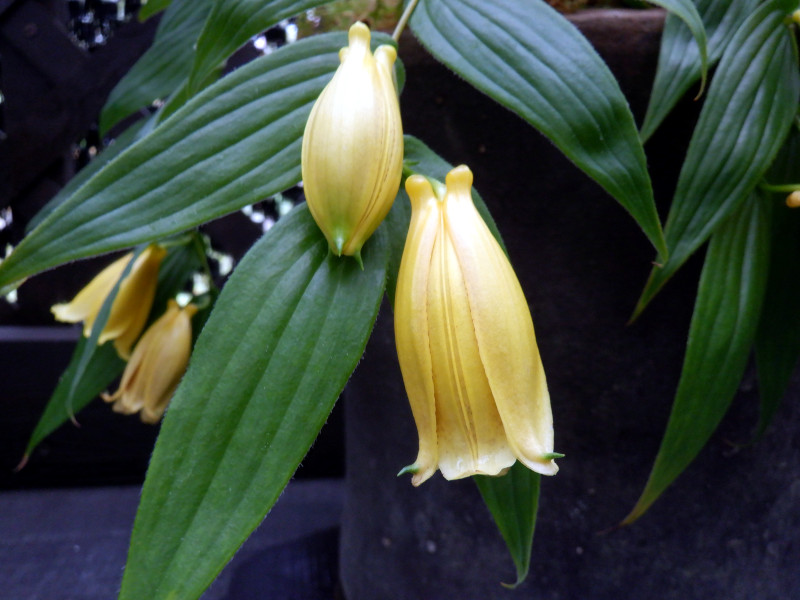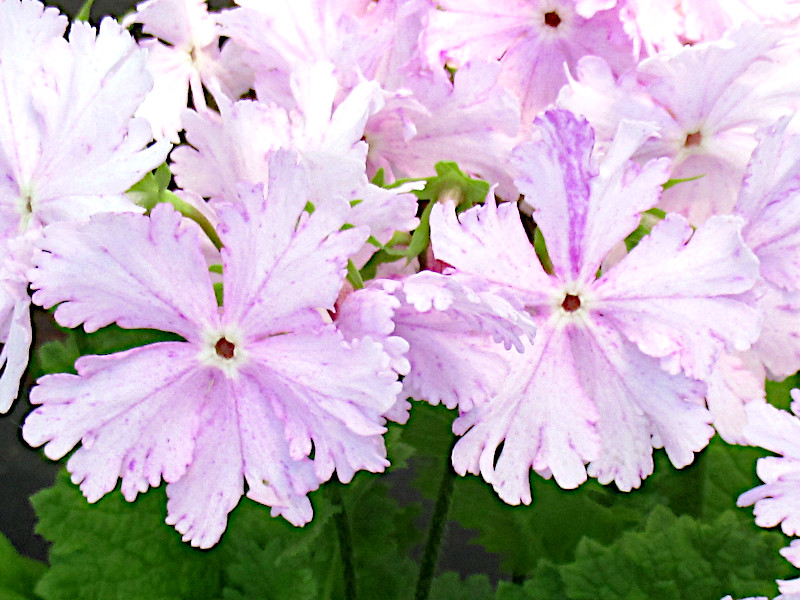Wakakinosakura
- Flower nameWakakinosakura
- Scientific namePrunus jamasakura 'Humilis'
- Alias桜, ヤマザクラ, Prunus jamasakura, やまざくら, Cerasus jamasakura, わかきのさくら
- Place of originJapan
- Place of floweringLow mountains, Bonsai
- Flowering seasonApril
What is Wakakinosakura
Wakakinosakura (scientific name: Cerasus jamasakura 'Humilis') is a juvenile flowering form of yamazakura (mountain cherry, scientific name: Cerasus jamasakura).
It was discovered by Dr. Tomitaro Makino in 1889 in his hometown of Sakawa-cho, Kochi Prefecture, where it was cultivated at Ogawa Castle, and was named after its flowering within three years of seeding. In 2008, the seed was brought to the Japanese Experiment Module "Kibo" on the International Space Station, and the cherry tree grown from the seed is known as the "space cherry tree. In 2023, coughs and others who discovered asteroid 43803 1991RH2 named the planet Wakakinosakura, and it was officially named by the Working Group for Small Bodies Nomenclature (WGSBN) of the International Astronomical Union.
The tree is 2-4 m tall and produces five-petaled white flowers with medium-sized, single-petaled blossoms in mid-April. The edges of the petals are light red. It is used for bonsai.
Common name: Wakakinosakura, scientific name: Cerasus jamasakura 'Humilis', Cynonymus: Prunus jamasakura 'Humilis'), Height: 2 to 4 m, Flowering season: mid-April, Number of petals: 5, Flower color: white (petal edges red) → (then slightly banded purple at base), Flower size: medium, Flowering style: single, Use: bonsai.
Cherry blossom diameter: small (approx. 2.5 cm or smaller), medium (approx. 2.5-3.5 cm), large (approx. 3.5-6 cm), very large (approx. 6 cm or larger)
